How Children Learn to Write
Writing is a complex skill that is mastered over time. Here is what parents need to know.

When you’re looking at writing milestones, remember to consider that every child’s motor development happens at a different pace.(GETTY IMAGES)
Long before children enter a formal education setting, they are developing the skills that lay the foundation for learning to write.
How Parents and Teachers Can Help With Spelling
The process of learning to write starts early, says Breeyn Mack, vice president of educational content at Teaching Strategies, an education technology company in Maryland. Think of an infant seated at a high chair, using their fingers to make forms in their yogurt.
“That’s really the start of emergent writing,” she says. “It continues as older infants and toddlers start to make marks on paper, and then it progresses.”
Toddlers can engage in experiences that support future reading and writing, says Allison Wilson, senior director of curriculum and innovation at Stratford School in California.
“Fine motor control and drawing are young children’s first steps toward writing,” she says. “Then they progress to scribbles before reaching conventional writing and spelling.”
The Process of Writing
“Young children can build (these) muscles by manipulating small objects, drawing, scribbling, painting, smearing, playing with Play-Doh, scooping, pouring and squeezing,” Whittaker says.
“It’s the academic practice that’s really important because we want this skill (writing) to transfer to every subject of the day,” DeWitt says.
Writing Milestones By Age
“If you notice delays, consult with your pediatrician to have your child evaluated,” she says. “Early intervention is vital, and an occupational therapist can assist.”
- 12-18 months. Children may begin making purposeful marks and scribbles while grasping a crayon, marker or pencil in a closed fist.
- 18 months-2 years. Children can grip writing implements with their finger and thumb, but they are using arm movements to draw or scribble.
- 2-3 years. Children will typically be able to hold a crayon with their fingers, though their grip is still evolving. “Children should now be able to mimic how to draw vertical and horizontal lines and a circle,” Aronian says.
- 3-4 years. Preschoolers can draw vertical and horizontal lines, circles and intersecting lines on their own and begin to copy letters, numbers and symbols. They’ll also be able to trace, remaining on the lines most of the time.
- 4-5 years. Older preschoolers will display a preference to write with one hand, draw a simple stick figure, copy intersecting lines and simple shapes, connect dots, draw a line inside a maze, trace their hand and copy their names using fingers and hands to write instead of arm movement.
- 5-6 years. Kindergarteners can hold a standard pencil with a dominant hand, draw a detailed stick figure with a face, print their own name, copy most lower and uppercase letters (and numbers 1 through 5), and trace curved lines, triangles and diamonds.
- 6-7 years. By age 6, children can print the entire alphabet and numbers from 1 through 10 by memory. Between ages 6 and 7, they can write the alphabet without skipping letters or alternating between uppercase and lowercase, Aronian says.
- 7-8 years. Children are trying their best to write clearly in a straight line while maintaining a space between index finger and thumb in their grip. They can write many words, know to write from left to right across a page, and attempt to form letters of a uniform size, though they may still cluster words together.
- 8-9 years. Children can write complete sentences with proper capitalization and punctuation.
“Reading supports writing development, and writing supports reading development,” he says.
The more your child does both, the stronger their overall literacy skills will be, says Wilson, and children thrive on modeled behaviors at an early age. Listening to stories, poems and other texts helps children experience the writing process.
“By orally retelling stories, drawing or acting out read-alouds, young children understand narrative or story structure,” Wilson says. “They then can apply that to their own stories.”
“Children develop these skills through scaffolded play, storytelling, writing practice, and in conversations, particularly with adults and older children,” Wilson says.
When reading to their children, parents can encourage them to retell the s
tories in their own words or reimagine the ending, Wilson says. Parents can also model writing at home by making grocery lists or taking children on a nature walk and labeling the items they collect together, Mack says. Having children use sidewalk chalk to write a note to a friend is another idea.
“We should never have children write just because it’s time to write,” Mack says. “We’re writing to share an idea, we’re writing to document our findings or we’re writing to convey meaning.”
Searching for a school? Explore our K-12 directory.
Best States for Early Education

Tags: K-12 education, middle school, elementary school, students, education
Did you know many thousands of Parents each year teach their OWN Children to read? You can easily teach your OWN child to read with Alpha-Phonics. Find out how:
WEBSITE TESTIMONIALS CATHY DUFFY REVIEW
MORE REVIEWS AWARDS HOW TO ORDER
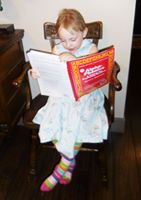
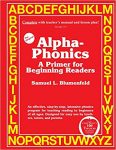
 1,227 Amazon Reviews 5 Star =82% 4 Star= 10% 3 Star = 3%
1,227 Amazon Reviews 5 Star =82% 4 Star= 10% 3 Star = 3%


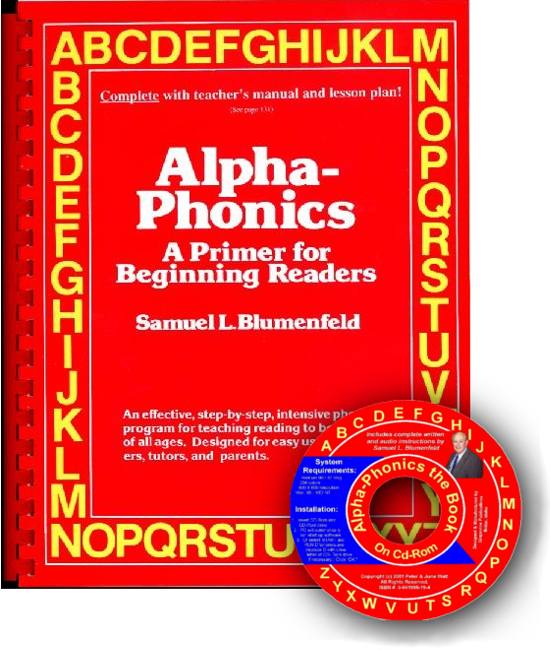 Alpha-Phonics
Alpha-Phonics The Alphabet Song!
The Alphabet Song! Water on the Floor
Water on the Floor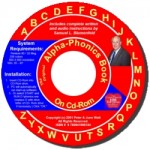 Alpha-Phonics the Book on CD Rom
Alpha-Phonics the Book on CD Rom Blumenfeld Oral Reading Assessment Test
Blumenfeld Oral Reading Assessment Test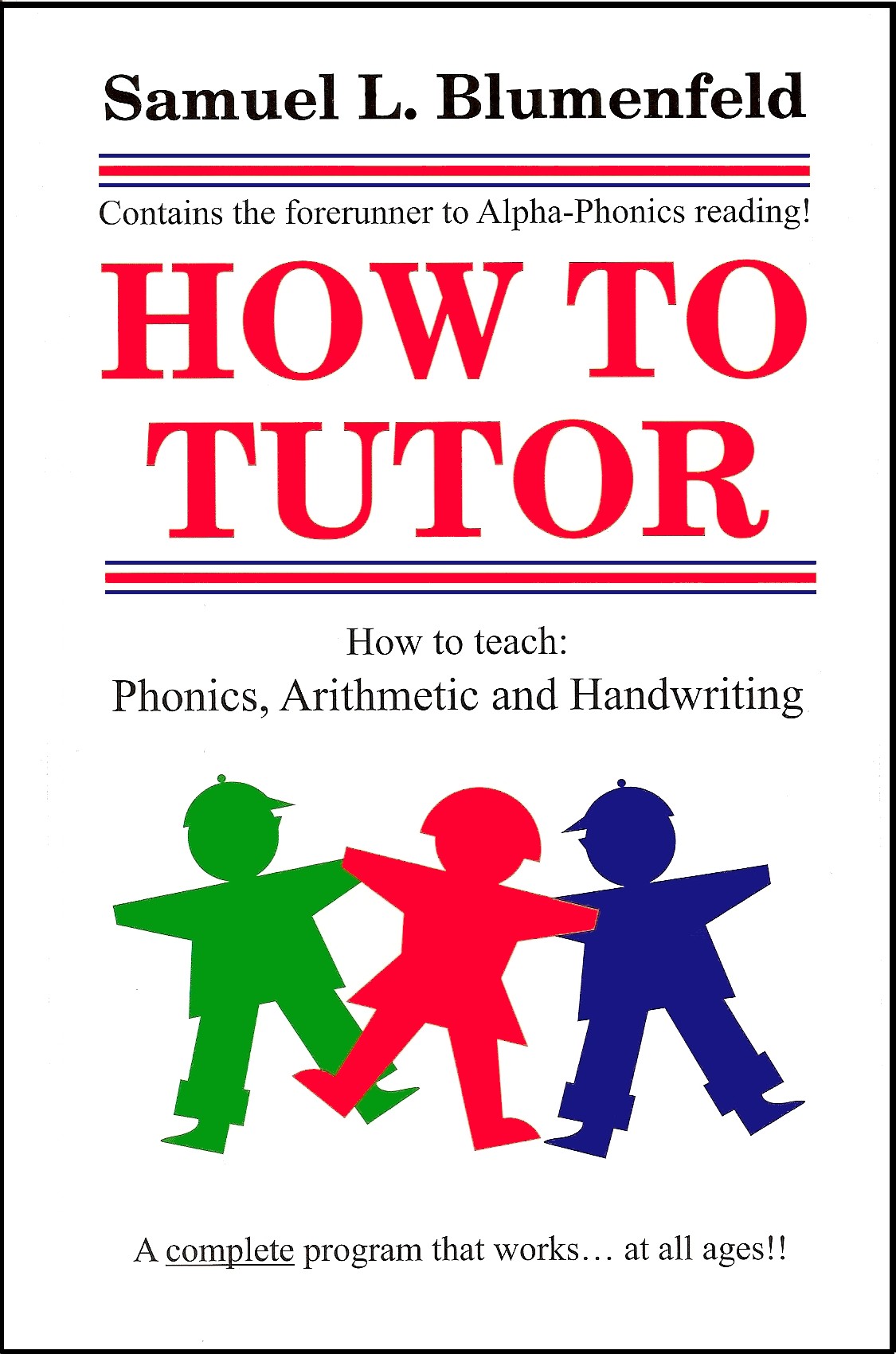 How To Tutor
How To Tutor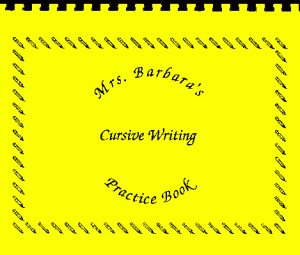 How To Tutor Cursive Handwriting Workbook
How To Tutor Cursive Handwriting Workbook